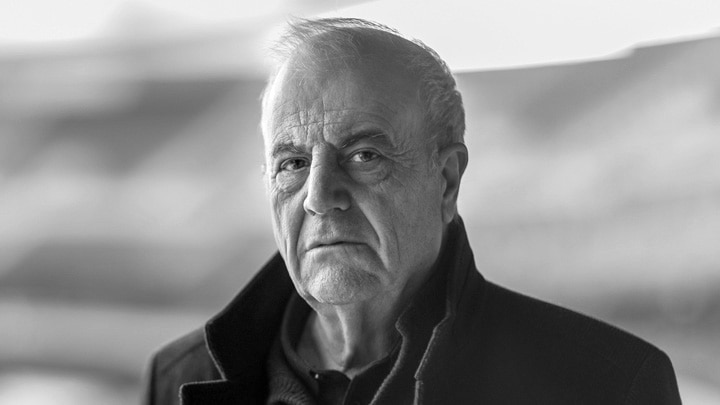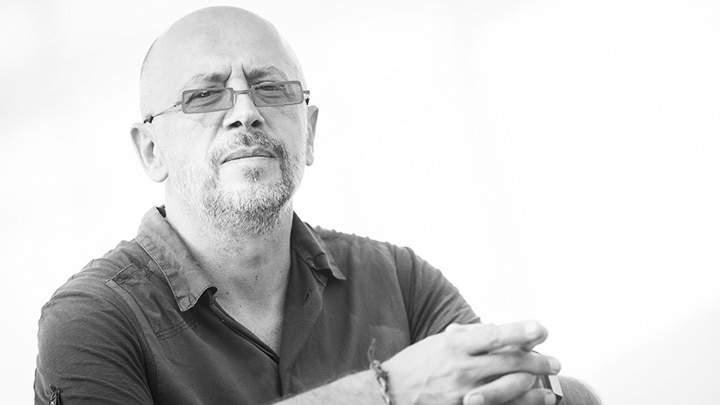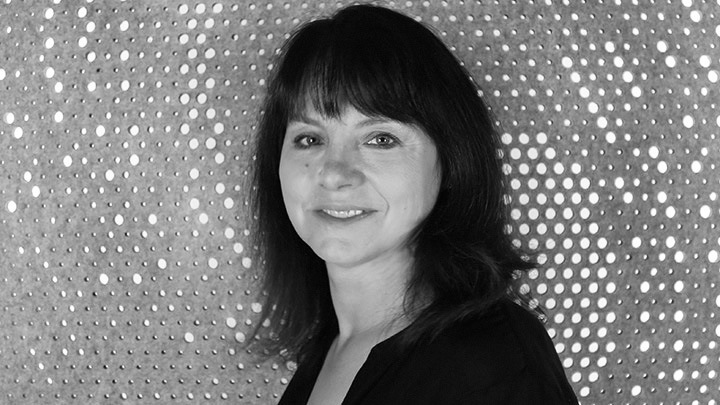Lighting should harmoniously integrate with overall architecture and design of space.”

How did your career evolve in lighting design?
When we were working as A-V & Acoustics Consultant and Stage Lighting and Stage Craft we realised that there was a huge vacuum for good Lighting, ICT and ELV services Consultants and a there was a big demand by the clients to get Consultancy for these services under one roof. We slowly developed a team specifically for ELV, ICT and lighting with the best of specialist and business flowed from thereon, one can view all our services on www.mapleconsultants.in
What goals have you set for Maple lighting consultancy?
The primary goal is to create well-designed lighting solutions that meet the specific needs of the client, enhance the space's functionality and aesthetics Involving factors such as colour temperature, intensity, and direction of light to create the desired atmosphere and mood, and promote user comfort as a priority along with energy efficiency and meeting the safety regulations and industry standards. And most importantly providing a cost-effective lighting solution without compromising on quality or functionality is our main goal.
Is "good" illumination important to your project?
Absolutely. Designing a well-illuminated project involves striking a harmonious blend of functionality, visual comfort, energy efficiency, and aesthetics. It creates an ideal lighting setting that improves the usability of the space, enhances the visual enjoyment, and contributes to the well-being of its occupants. The design emphasises on Sufficient Brightness, uniformity, appropriate colour rending, glare control, energy efficiency and sustainability. Lighting should harmoniously integrate with the overall architecture and design of the space. It should complement the aesthetic elements, highlight key features, and contribute to the desired ambiance and mood.


Why Energy Efficient Lighting is important for Sustainable Development?
Through the adoption of energy-efficient lighting technologies and methods, we can attain substantial environmental, social, and economic advantages, which reduces the consumption of raw materials and resources required for manufacturing and disposal, leading to less waste generation and a more sustainable approach to lighting. Reduction in energy consumption helps to conserve natural resources and reduce greenhouse gas emissions, leading to a lower carbon footprint.
With this approach, it aligns with the attainment of Sustainable Development Goals (SDGs) such as ensuring accessible and clean energy (SDG 7), acting against climate change (SDG 13), and establishing sustainable cities and communities (SDG 11) and GRIHA ratings. By doing so, we contribute to the creation of a more sustainable and resilient future that benefits everyone.
What is Energy Efficient Lighting and Techniques to Implement It?
Energy efficient lighting evolves around the use of lighting technologies and practices that minimize energy consumption while maintaining optimal lighting quality. We are Maple Consultants, implement various techniques that maximize the efficiency of lighting systems, reduce energy waste, and promote sustainability through:
LED lighting, lighting controls to help eliminate unnecessary energy consumption.
Task Lighting to reduce energy usage while providing adequate illumination for specific tasks.
Utilizing natural light sources effectively to reduce the need for artificial lighting during daylight hours, complemented with daylight-responsive controls to automatically adjust artificial lighting levels based on the amount of available natural light.
Using High-efficiency ballasts and drivers that improve energy efficiency, reduce heat dissipation, and provide better control over light output.
Retrofitting existing lighting systems with energy-efficient options. Maintenance and Regular Cleaning to ensure proper maintenance of lighting systems and prolong the lifespan of lighting equipment.
Promoting energy-conscious behaviours and awareness among occupants and users of the space fostering a culture of sustainability and responsible energy consumption.

Antonio Cruz
Antonio Cruz has developed various projects in many fields and on different scales with the signature of Cruz and Ortiz Arquitectos.

Dejan Todorović
It requires many years of study and work to reach a point where you can imagine that you control the light.

Jill Cody
If we find the right balance between light, surfaces and materials, we can create beauty in any space.